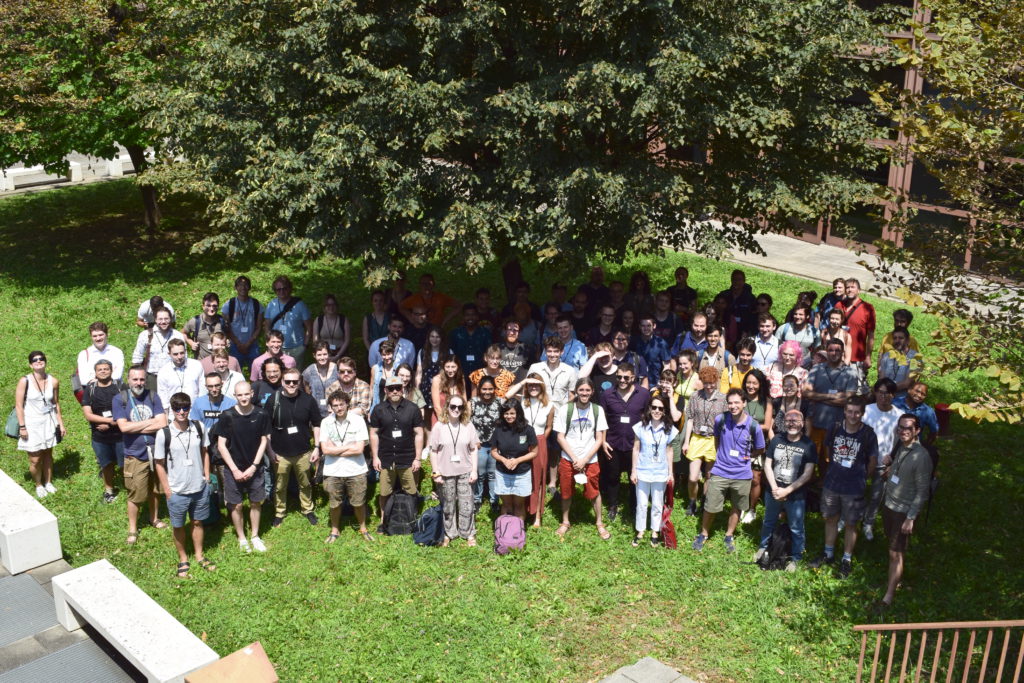Last week my group and I hosted the international workshop “Gravitational-wave populations: what’s next?.” It’s been a blast!
An unconventional conference, with almost zero talks and the vast majority of the time dedicated to discussions. I report the program here below, just to give you a feeling of what we discussed. The conference started with the question “How many of you entered the field after GW150914?” and virtually everyone raised their hand! It was so refreshing to see our field is alive.
We then went through population synthesis simulations, fancy statistical methods (I promise I’ll understand nonparametric methods one day!), intricacies of injections, catalogs, and overlap with our EM observer friends. We took a break on Wednesday for a social activity on Lake Como, with some folks diving into the lake and others hiking up to a small castle. All before dinner with a fascinating lake (and thunderstorm!) view.
Thanks all for joining and participating so actively. Huge thanks to Emanuele Berti and Salvo Vitale for co-organizing this with me, as well as the local GW group for assistance. Finally, congrats to Amanda Farah and Alex Criswell who won our SIGRAV early career prize.
And if you couldn’t make it for whatever reason no worries, we’ll do it again!

Conference program in a nutshell. These are our discussion sessions
- Intro: the pieces of the population problem.
- What can/should astrophysicists and pop-synthers predict?
- What is the predictive power of pop-synth codes? Are we learning more than our assumptions?
- Hierarchical Bayesian fits: can we keep on doing this? Technical difficulties, scaling with the number of events, selection effects.
- Mind the outliers. Are they in or out of your fit? If you fit something well you also need to fit the rest.
- What is a catalog? Is p_astro the way to go? (Ir)relevance of subthreshold events.
- Mind the systematics. Are waveform/calibration impacting the population? And how about the assumed population?
- Beyond functional forms: “non-parametric” methods. What are they and what does it even mean.
- Beyond functional forms: “parametric but informed”. Machine learning emulators for pop-synth.
- More populations. LISA, X-ray binaries, Gaia, you name it.
- More than individual mergers. Stochastic backgrounds, foreground removal.
- Adding the redshift dimension: toward 3g! Use the population to do cosmology.
- What’s next? Summary and prospects.
